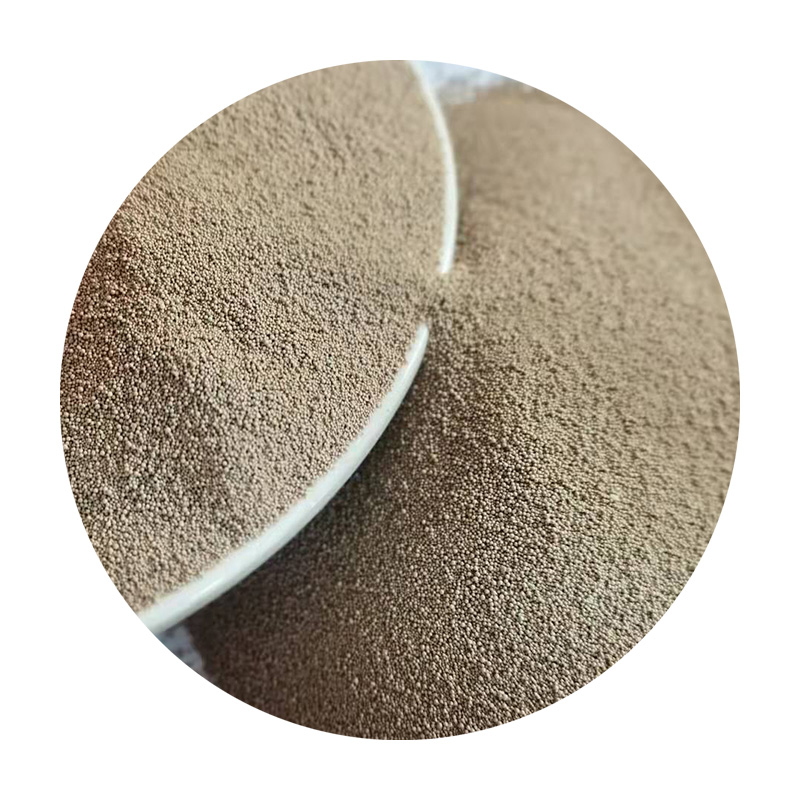 A furnace is used to heat the metal to its melting point, after which it is poured into the mold through a gate system A furnace is used to heat the metal to its melting point, after which it is poured into the mold through a gate system
A furnace is used to heat the metal to its melting point, after which it is poured into the mold through a gate system A furnace is used to heat the metal to its melting point, after which it is poured into the mold through a gate system sand casting foundry process. The choice of metal depends on the application; common metals used include iron, aluminum, and bronze. The metal cools and solidifies within the mold, taking on the shape of the pattern.
After the metal has cooled and hardened, the sand mold is broken apart, revealing the cast component. This freshly cast part, known as a 'casting,' may require additional machining or finishing to meet precise specifications. The gating system and any excess metal, known as 'flash,' are also removed at this stage.
Sand casting offers flexibility in design, allowing for the production of complex geometries and large-sized components. However, it's not without its challenges. Variations in sand composition, mold preparation, and metal pouring can all impact the quality of the final product. Despite these factors, the sand casting foundry process continues to be a versatile and cost-effective method for producing a wide range of metal parts, from automotive engine blocks to intricate sculptures.
In conclusion, the sand casting foundry process is a testament to human ingenuity and the enduring power of traditional manufacturing techniques. Its simplicity, adaptability, and efficiency make it a cornerstone of metalworking, linking the past with the present in the ever-evolving world of industry.
Post time:Jun . 24, 2024 00:35
sand casting foundry process. The choice of metal depends on the application; common metals used include iron, aluminum, and bronze. The metal cools and solidifies within the mold, taking on the shape of the pattern.
After the metal has cooled and hardened, the sand mold is broken apart, revealing the cast component. This freshly cast part, known as a 'casting,' may require additional machining or finishing to meet precise specifications. The gating system and any excess metal, known as 'flash,' are also removed at this stage.
Sand casting offers flexibility in design, allowing for the production of complex geometries and large-sized components. However, it's not without its challenges. Variations in sand composition, mold preparation, and metal pouring can all impact the quality of the final product. Despite these factors, the sand casting foundry process continues to be a versatile and cost-effective method for producing a wide range of metal parts, from automotive engine blocks to intricate sculptures.
In conclusion, the sand casting foundry process is a testament to human ingenuity and the enduring power of traditional manufacturing techniques. Its simplicity, adaptability, and efficiency make it a cornerstone of metalworking, linking the past with the present in the ever-evolving world of industry.
Post time:Jun . 24, 2024 00:35
Next:Exploring the Art of Sand Casting in Foundries
